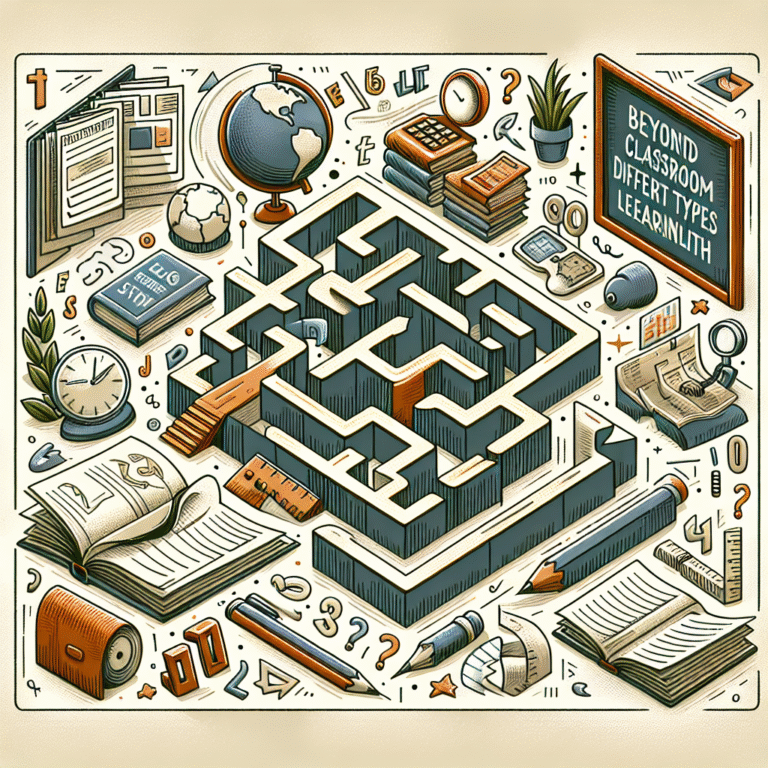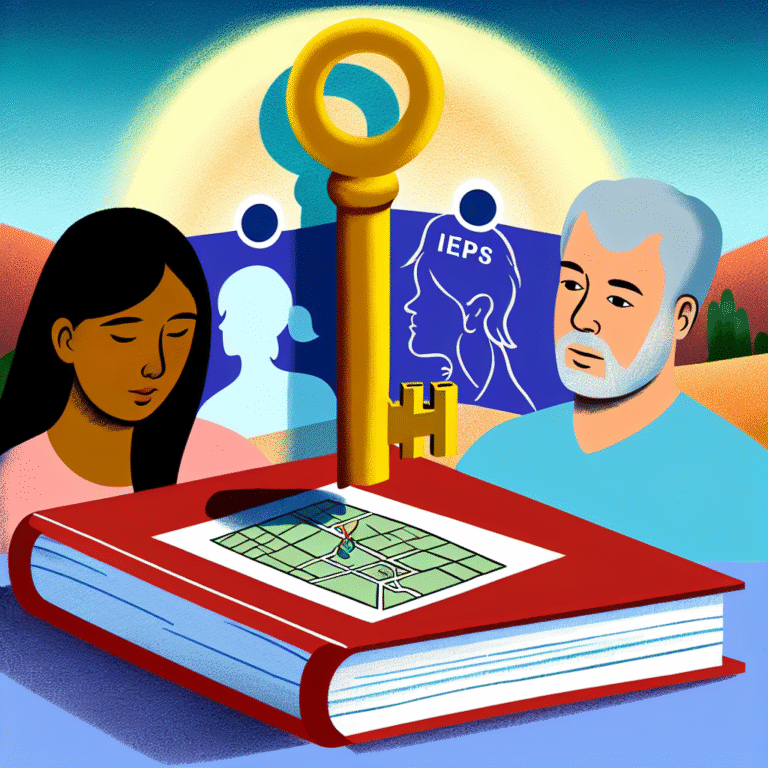Love at First Sight: Is It Really a Thing? The Psychology Explored
Introduction
Imagine walking into a crowded room, your gaze sweeping across the throng of strangers when suddenly, your eyes lock onto someone across the space. A spark ignites within you, an inexplicable connection that seems magical. At that moment, you may find yourself questioning, Is love at first sight truly a possibility? This phenomenon has intrigued romantics and skeptics alike for centuries—poets have penned sonnets, filmmakers have crafted narratives, and scientists have wondered what happens in our brains during those fleeting but intense moments of attraction.
In this comprehensive exploration, we will delve into the psychology behind love at first sight, examining whether it is a genuine phenomenon or simply a concoction of our imagination. We will analyze real-life case studies, scientific research, and cultural perspectives that shed light on this captivating topic.
The Nature of First Impressions
Understanding Attraction
To grasp the complexity of love at first sight, we must first understand the concept of attraction. Attraction can arise from various factors, including physical appearance, shared interests, and nonverbal cues such as body language. Research suggests that our brains process visual information rapidly, often leading to quick judgments about an individual’s desirability.
Table 1: Factors Influencing Attraction Factor Description Physical Appearance The visual appeal of a person plays a crucial role. Similarity Shared values and interests enhance attraction. Personality Traits Traits like kindness and humor can draw people in. Proximity Constant exposure to a person heightens familiarity.
The Brain’s Response to Attraction
When we experience attraction, our brains undergo a flurry of activity. Neurotransmitters like dopamine and oxytocin flood our system, enhancing feelings of pleasure and bonding. According to neuroscientific studies, the brain’s pleasure centers light up when we encounter someone we are attracted to, almost mimicking the effects of drugs.
Love at First Sight Defined
So, what exactly constitutes “love at first sight”? Researchers define it as an instant attraction when two individuals meet, often accompanied by a sense of familiarity or an unexplainable bond. While many can recount a tale of spotting their soulmate at first glance, psychologists debate whether this initial rush equates to love or mere infatuation.
Case Studies: Real-Life Encounters of "Love at First Sight"
Case Study 1: The Café Encounter
A fascinating case involved two strangers, Emily and James, who met at a bustling café. Both were in their late twenties, entangled in their own lives when they exchanged glances across the room. Their connection felt immediate; they shared spontaneous laughter and a compelling conversation that lasted hours.
- Analysis: This story illustrates how love at first sight can manifest in shared energy and chemistry. However, it also raises the question—was their “love” born in that café, or was it the beginning of infatuation that required further exploration?
Case Study 2: Serendipitous Meeting at a Wedding
Another captivating example is Mark and Lily, who met at a wedding. Mark noticed Lily from afar, and although they had never met, he felt an undeniable pull towards her. After a few dances, they discovered their mutual love for travel and adventure. Fast forward a year, and they were engaged, feeling that their connection was meant to be.
- Analysis: In this instance, the setting (a wedding) and the emotional atmosphere likely contributed to the intensity of their initial connection, emphasizing how context influences perception.
The Science Behind Love at First Sight
Psychological Perspectives
Several psychological theories help explain the allure of love at first sight:
Cognitive Dissonance Theory: This theory posits that we may justify our feelings of love at first sight by constructing narratives that fit our beliefs about romantic relationships.
Attachment Theory: Our early experiences with caregivers can shape how we perceive love and connection, affecting our reactions to instantaneous attractions.
- Evolutionary Psychology: Some researchers argue that love at first sight may have evolutionary roots, where rapid mate selection was essential for reproductive success.
Research Insights
Recent studies have spotlighted this phenomenon, revealing intriguing findings:
- In a survey of over 1,000 adults, approximately 65% reported experiencing love at first sight, and half of those individuals went on to pursue a relationship.
- A neurological study indicates that intense attraction activates the same brain regions responsible for addiction, implying that the feelings can be as compelling as drug-induced euphoria.
Is It Just Infatuation?
While love at first sight may feel intense, it’s essential to distinguish it from love itself. Infatuation often involves short-lived emotions fueled by passion rather than genuine understanding. Love, in its true form, requires time, vulnerability, and shared experiences.
Cultural Perspectives on Love at First Sight
Romanticism in Literature and Media
Throughout history, literature and film have romanticized love at first sight. Think of Shakespeare’s Romeo and Juliet or movies like The Notebook—they all portray love that transcends mere attraction.
Chart 1: Cultural Depictions of Love at First Sight Medium Examples Literature Pride and Prejudice by Jane Austen Film Before Sunrise Music "Something" by The Beatles
Global Variations
Different cultures perceive love differently. In many Western societies, love at first sight is embraced as the foundation of romance, while more traditional cultures often emphasize arranged marriages, valuing compatibility and family approval over instantaneous attraction.
Love at First Sight: Real or Myth?
The Argument For
Proponents argue that love at first sight is a genuine experience grounded in biology and psychology. The thrill and excitement associated with such encounters can lead to fulfilling relationships, as seen in numerous real-life stories.
The Argument Against
On the contrary, skeptics assert that love at first sight often lacks depth and may lead to ephemeral relationships rife with misconceptions.
Finding a Middle Ground
Is it possible to reconcile these viewpoints? Love at first sight may serve as a tantalizing spark that ignites deeper feelings of love. It can lay the groundwork for future connections that evolve into lasting relationships if nurtured appropriately.
Practical Takeaways from Love at First Sight
Cultivating Meaningful Connections
To make the most of the phenomena that love at first sight can offer, consider these actionable insights:
- Be Open-Minded: Approach encounters with curiosity rather than preconceived notions of what love should be.
- Engage in Conversations: Use the initial attraction to foster deeper conversations that encourage emotional connections.
- Take Time: Allow the relationship to develop naturally over time—patience can lead to richer experiences.
Embracing Vulnerability
The journey to finding love requires vulnerability and an openness to new experiences. Embrace those butterflies, but remember to strive for authenticity as the relationship progresses.
Conclusion
Love at first sight remains an enchanting notion that encapsulates the intrigue of human connection. While the science casts shadows of skepticism, the personal narratives of countless individuals validate its existence. As we explored in this article, the psychology behind love at first sight intertwines with biology, culture, and individual emotional landscapes, revealing a complex tapestry of human attraction.
While it may not guarantee everlasting love, the initial spark of attraction holds significance in the journey toward finding meaningful relationships. So, whether you believe in love at first sight or regard it with doubt, keep an open heart. You never know when you may experience your own enchanting moment.
FAQs About Love at First Sight
1. Is love at first sight the same as infatuation?
Answer: While they may seem similar, love at first sight is often an intense initial attraction. Infatuation can be a more short-lived, obsessive enthusiasm that lacks depth.
2. Can love at first sight lead to lasting relationships?
Answer: Yes, while many relationships based on love at first sight may not last, some evolve into deep, lasting connections if nurtured over time.
3. What role does chemistry play in love at first sight?
Answer: Chemistry is pivotal in love at first sight, often sparked by physical attraction, shared interests, and a sense of connection that seems almost instantaneous.
4. How can I differentiate between love at first sight and true love?
Answer: Love at first sight is often characterized by an immediate, intense attraction, while true love develops over time, encompassing trust, mutual respect, and emotional depth.
5. Is love at first sight a cultural concept?
Answer: Yes, perceptions of love at first sight vary by culture. While it’s celebrated in many Western societies, other cultures may prioritize different forms of connection, such as compatibility and shared values.
Additional Keywords:
- Instant Attraction Psychology
- First Impressions in Love
- Science of Attraction
- Emotional Connection in Relationships
- Intersection of Biology and Love
The conversational tone, rich insights, and diversity of examples and data create a compelling narrative that encourages readers to consider the complexities surrounding the topic of love at first sight. Whether it’s considered genuine or a myth, our exploration paints a fuller picture of this intriguing aspect of human experience.





